Navigating the labyrinth of healthcare regulations is no easy feat, especially with the implementation of the No Surprises Act (NSA) in 2022. While this legislation promises to protect patients from unexpected medical bills, certain aspects of its implementation remain shrouded in uncertainty. Chief among these concerns is the allocation of responsibility for labor-intensive tasks such as generating Good Faith Estimates (GFEs) and Advanced Explanation of Benefits (AEOBs), as well as ensuring efficient data exchange while safeguarding patient privacy.
Let’s delve into the intricacies of these challenges:
A Closer Look at Good Faith Estimates (GFEs)
The concept of GFEs seems straightforward at first glance—an itemized list of cost estimates for a scheduled service or procedure for uninsured or self-pay patients. However, the reality is far from simple. The burden falls on the convening provider to compile pricing estimates for all conceivable resources that might be utilized during the episode of care. This entails not only determining prices but also including all associated diagnoses and service codes—a task complicated by the fact that these details may not be fully determined at the time of scheduling.
Moreover, the convening provider is also responsible for coordinating estimates from co-providers involved in the scheduled service or procedure, adding another layer of complexity to the process. Timeliness is of the essence, with estimates required to be presented to the patient within 1-3 days of scheduling the appointment or requesting an estimate. Accuracy is equally crucial, as estimates with a variance of just $400 could trigger delays in the Payment Dispute Resolution (PPDR) process, potentially resulting in lost revenue and collection delays.
The Onus of Advanced Explanation of Benefits (AEOBs)
The NSA also mandates that third-party payers provide AEOBs to their members ahead of scheduled procedures—an additional layer of protection for patients. However, this requirement places the onus on providers to furnish payers with GFEs, enabling them to generate AEOBs for their members. Essentially, providers are tasked with compiling estimates for all scheduled services, adding yet another layer of responsibility to their already heavy workload.
Seizing the Opportunity to Provide Feedback
Recognizing the monumental effort and interoperability required for successful implementation, oversight agencies have adjusted timelines and are actively seeking feedback from healthcare stakeholders. Providers, payers, and other industry players are encouraged to share their professional perspectives and concerns to inform the finalization of GFE and AEOB requirements.
Moving Forward
While there’s optimism that the finalized requirements will be less burdensome, it’s imperative to ensure that your voice is heard in the process. At HCM, we understand the challenges facing healthcare administrative teams and offer solutions to bridge the gaps in the revenue cycle spectrum.
If your team is struggling to navigate the evolving regulatory landscape, don’t hesitate to reach out—we’re here to help you navigate the complexities of healthcare billing with confidence.



